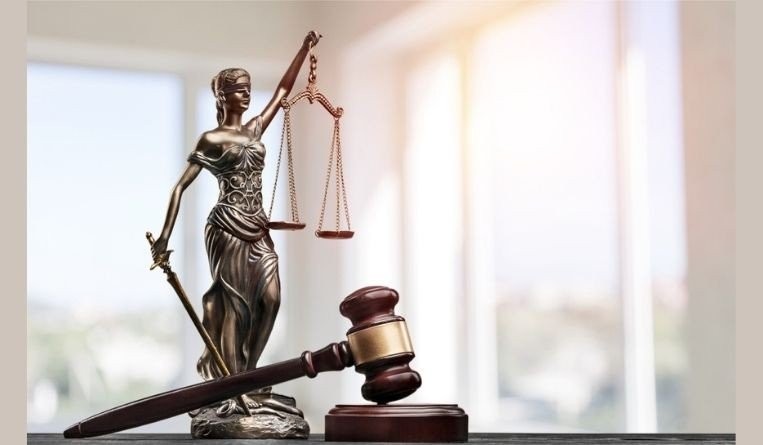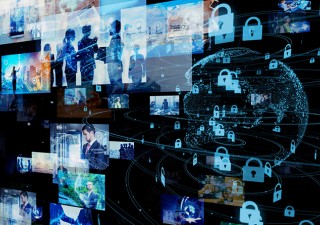Virtual hearings in Delhi district courts
30 September 2020

After a gap of more than four months, almost all individual courts in the six district courts in Delhi from August 3, 2020, onwards commenced taking up hearings of all cases fixed before them on their daily cause lists virtually through video-conferencing.
Manner and mode of hearings
The district courts, like the Delhi High Court, use the Cisco Webex platform for the hearings. Each court/judge has a dedicated hearing link assigned, and consolidated lists of links for the hearing are posted on the respective district court’s website. The link is an open link not specific to a particular case (or set of cases). The same link is valid every day and thus does not require the advocates to wait for new links every night before the hearing.
Hearings commence at 10:00 am, which is the usual timing for the district courts. On the one hand, a majority of judges attend hearings from their homes while the court staff makes itself present at the court to remotely assist the judge with the case status and records. Several judges, on the other hand, attend hearings from their chambers attached to the court with direct assistance of their court staff.
An open link partly gives the virtual court a feel of the normal functioning court to the extent that advocates ‘enter the courtroom’ and wait for the judge to preside and start taking up cases. Also, the advocates can watch the proceedings and wait until their matter is called out akin to the ordinary practice. Mentioning of cases is also permitted.
Challenges faced
Coming as a pleasant surprise, the transition to virtual hearings appears much smoother than expected, and barring a few technical hiccups seen initially, the functioning of virtual courts at the district level has been largely smooth despite the increasing load over the past few weeks.
Nevertheless, an almost complete reliance on technology in the manner and scale not seen before at courts in India certainly has its challenges, and virtual hearings aren’t immune.
The most common challenge has been connectivity or network breakage that appears routinely either at the judge’s end or at the advocate’s. Easy access to the internet, fast data connections and use of smartphones, especially in metropolitan cities like Delhi, have made it significantly easier for most advocates to attend to hearings virtually.
Micro-level challenges like lack of familiarity with the virtual system/software and the in-app controls in the Webex platform, including camera and microphone controls, are also some factors which have prevented virtual hearings from becoming a seamless process.
Since most judges have been conducting hearings remotely from their homes, lack of access to court files has made it difficult for them to hear the case in detail, especially where lengthy arguments or voluminous records are involved.
The most notable challenge in virtual hearings is the inability of all concerned to conduct trials, which are otherwise synonymous with district courts. However, judges who have been conducting hearings from their chambers in court premises have conducted examination-in-chiefs in ex parte cases since they can access the case files.
Moving forward
Beginning September 1, 2020, the district judges have started holding physical courts every few days on a rotational basis, indicating a possibility of the normalizing of court functioning. Each district has released either a judge-wise or date-wise roster listing the days on which a given judge will preside over physical courts. As an illustration, at the Patiala House courts, a date-wise roster for the entire month of September has been fixed, with each judge having been allocated physical court about nine days in the month, or roughly twice every week.
There, however, remains ambiguity around whether advocates and litigants need to necessarily attend courts on the day on which the judge is holding physical court. In cases where attending the physical court is optional, the procedure to opt for virtual or physical is not yet streamlined. From the current state of things, it appears that the physical functioning of the district court is primarily to enable the judges to preside over their court rooms with full access to case records while conducting hearings which have been stalled for long now.
The efforts made by the district judiciary over the last few weeks towards opening of the court infrastructure are commendable and reflective of their dedication and progressive approach to keep moving ahead despite the unprecedented times the world is facing. At the same time, considering the pandemic situation is still far from over, how these efforts take shape towards achieving a normalised court functioning is something which only time will tell.








